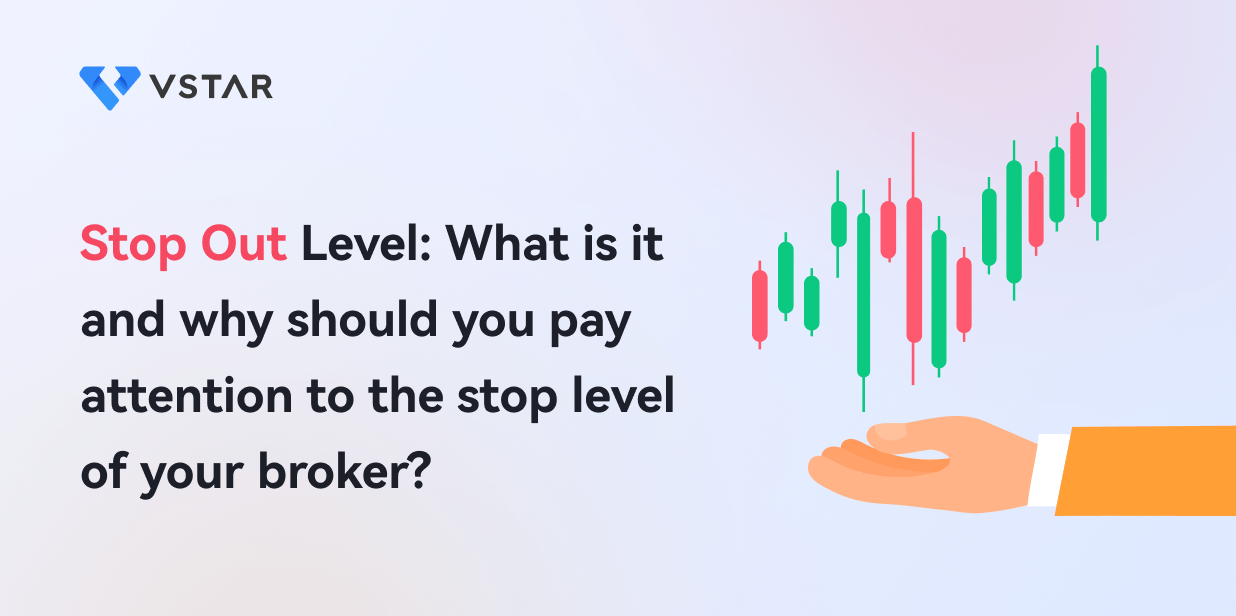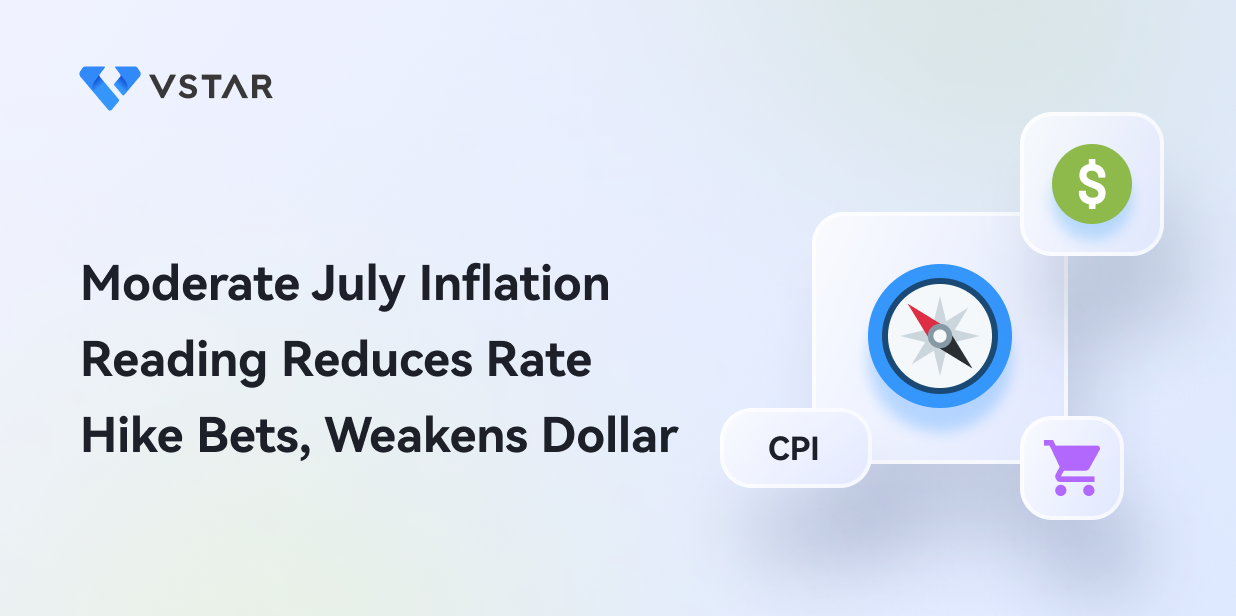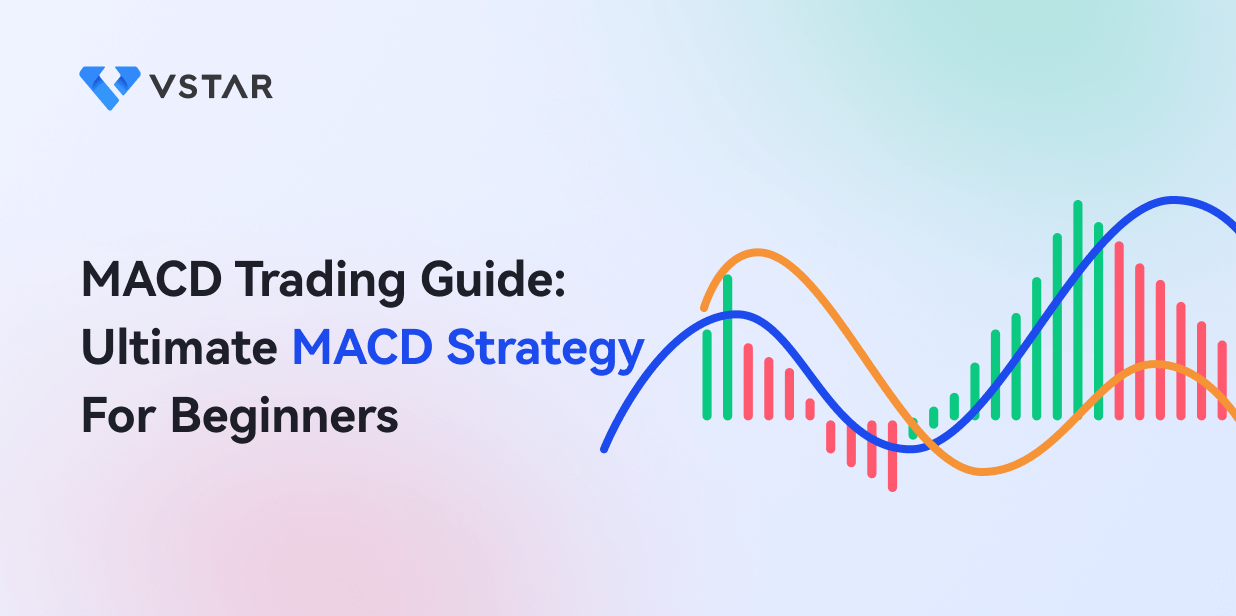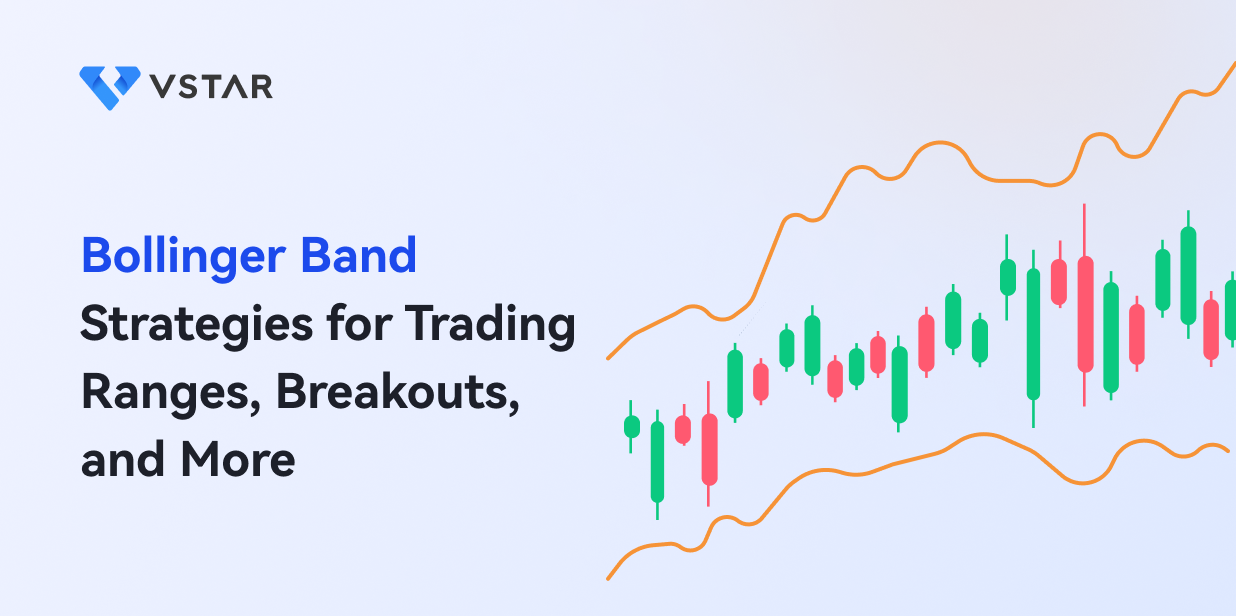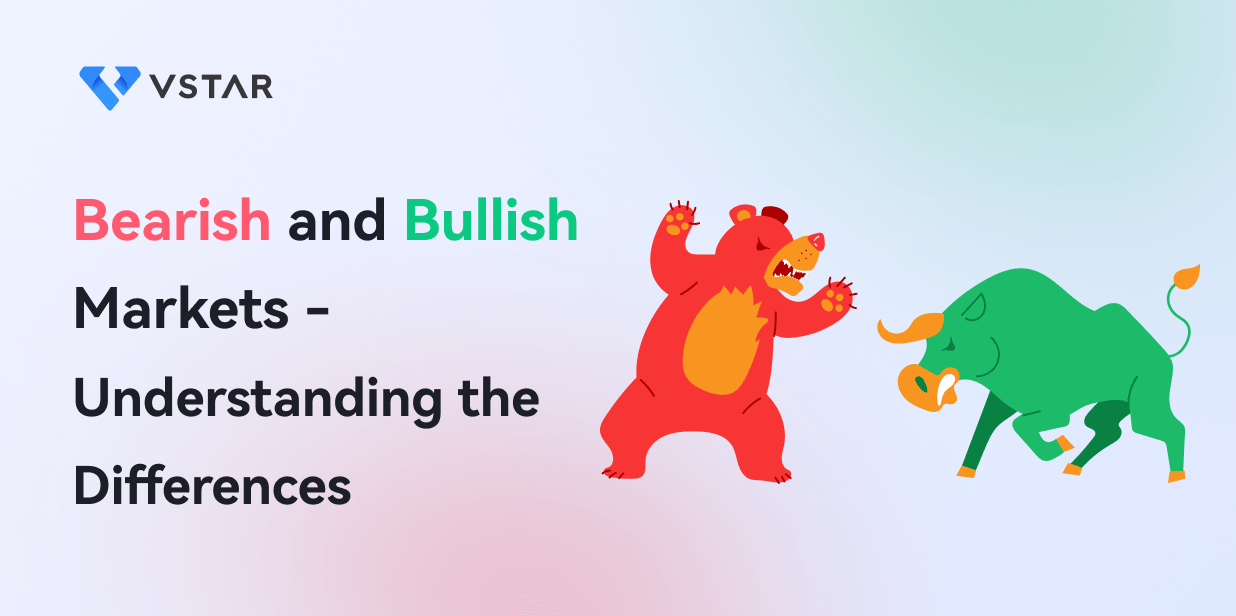A stop-out level refers to the price at which a trader's open position will be forcibly closed by his broker due to a margin call. It is the minimum margin level a trader's account must maintain to keep their positions open. When the equity in a trader's account falls to the stop-out level, it triggers the broker to begin liquidating open positions to restore the margin balance. Stop-out levels protect the broker from potential losses if the trader's equity continues to decline. They are typically set between 10-30% of the margin, depending on the broker and the type of trading account. Understanding stop-out mechanisms is crucial for traders to manage their margin risk and avoid forced liquidations. Reviewing a broker's stop-out policy before opening an account can help minimize liquidation risk when trading on margin.
The main purpose of stop-out levels is to protect both the trader and the broker from accumulating further losses on a trade. If a trader's margin falls too low, the broker's capital is at risk if the market continues to move against the trader's position. The Stop Out kicks in to close out the trade and crystallize losses before they spread further. This prevents negative account balances and excessive risk exposure for the broker. For the trader, a stop-out provides a form of enforced risk management to limit losses if they are unable to exit losing positions on their own. Although stop-outs are undesirable, the preventive mechanism aims to limit losses and avoid compromising the broker's capital, which in extreme cases could lead to their own insolvency.
How Stop Outs Work
Margin and leverage concepts in forex
Forex trading offers traders access to the major global currency markets through the use of leverage. Leverage allows traders to open much larger positions than their account balance would normally allow. For example, a leverage ratio of 50:1 means that they can trade with $50 for every $1 in their account. This allows for greater market exposure but also increases risk.
With leverage comes margin requirements. Margin refers to the minimum equity the trader must maintain in relation to his open positions. On a 50:1 leveraged account, the margin requirement is typically 2%. This means that if the trader has $1,000 in their account, they can open positions worth $50,000 while maintaining the minimum margin of $20 (2% of $50,000).
However, if trades move against the trader and start to incur losses, this will quickly eat into the trader's margin amount. Once the margin falls close to the broker's stop-out level, such as 5% equity, it triggers a margin call. This requires the trader to deposit additional funds to bring the margin back above the broker's requirement.
If the trader fails to add funds and the margin continues to fall, the trader's account will reach the stop out level. This is the minimum margin a broker will allow before forcibly closing open positions to prevent further losses. At 5% stop out with 50:1 leverage, open trades would be closed once the account equity drops to $250 on a $50,000 position size.
The high leverage in Forex trading means that fluctuating currency prices can quickly deplete margin and lead to unexpected stop outs. Traders must closely monitor margin levels and proactively manage risk to avoid sudden liquidations.

Stop out triggered when margin level falls below broker requirement
As market volatility causes losses on open trades, a trader's margin level decreases. With leverage, small adverse price movements quickly deplete margin. Once margin falls near the broker's margin call level, such as 15%, the broker issues a notice to deposit additional funds. If the trader is unable to add funds, mounting losses continue to erode margin. When the lower stop-out level, such as 5%, is reached, the broker has no choice but to begin closing out positions before losses escalate further. The forced liquidations allow the broker to protect capital and bring the account back above minimum margin requirements. Traders must monitor margin closely or risk having positions forcibly closed when it falls below two critical thresholds.
Position closed at stop out level to protect trader and broker
When margin levels in a leveraged trading account fall to the broker's defined stop-out level, it triggers the firm to begin closing out open positions. This forced liquidation of trades is done to protect the financial interests of both the trader and the broker. For the trader, it prevents his account from accumulating even larger losses if the market continues to move against his positions. For the broker, closing out positions before margin is completely depleted protects their capital from potential losses. Although traders don't like forced liquidations, stop outs are a necessary mechanism in leveraged trading to limit losses. By closing positions at a predetermined margin minimum, the stop out system protects the solvency of both traders and brokers in volatile markets.
Factors Influencing Stop Outs
Leverage - higher leverage increases risk of stop out
Leverage is an important factor that affects stop out risk. Leverage allows traders to control larger positions with less capital. However, higher leverage means that any adverse price movement will have a greater impact on margin. For example, with a leverage ratio of 50:1, a 2% move in the market will wipe out your entire margin. Lower leverage ratios, such as 10:1 or 5:1, allow for larger price swings before margin is wiped out. Therefore, accounts with excessive leverage are most susceptible to forced liquidations due to routine market fluctuations. Traders who wish to minimize stop-out risk should use leverage conservatively relative to their account size and risk tolerance. Keeping leverage low provides a buffer against volatile swings that trigger premature liquidations.

Volatility and liquidity in traded instruments
The volatility and liquidity of the instruments being traded also affect the probability of a stop out. Higher volatility means that prices fluctuate more rapidly, leading to faster margin erosion. Even with moderate leverage, rapid volatile moves can erode margin and lead to forced liquidations. Low liquidity markets also have greater slippage on entry and exit. This slippage further erodes account equity and margin cushion. Traders in traditionally volatile or illiquid assets must be especially careful with position sizes and leverage to avoid being stopped out prematurely. On the other hand, instruments with lower realized volatility and deeper liquidity present less inherent risk of liquidation, allowing for the prudent use of higher leverage. Assessing an asset's volatility and liquidity metrics will inform the appropriate leverage level.
Gap moves and extreme price swings
Sudden gap moves and extreme price swings also often trigger stop outs in leveraged trading. Gaps occur when markets open significantly above or below the previous day's close. This immediate adverse move can instantly consume available margin before a trader can react. Similarly, unexpected event-driven volatility, such as news announcements or data releases, can cause dramatic spikes that wipe out margin in seconds. Using stop-loss orders cannot protect against these abrupt, high-speed moves. The only defense is to preemptively reduce leverage or position sizes and maintain a generous margin buffer. With margin evaporating faster than traders can react, large gaps and extreme swings inevitably force weaker hands to the sidelines through stop-out liquidations. Risk management requires anticipating these volatile conditions.
Check Broker Stop Level
Stop out levels vary across brokers (10-30% typical)
When opening a leveraged trading account, it is critical to confirm the broker's specific stop out policy. Stop out levels can vary widely between different Forex and CFD brokers. Typically, brokers set stop outs between 10-30% of margin equity.
For example, one broker may issue margin calls at 25% equity and liquidate positions at 15% equity. Another broker might have tighter stop outs at a 15% call and 10% liquidation level. Still others might have a looser 30%/20% policy.
The difference between a tight 10% or a more lenient 30% stop out can drastically affect trading. Tighter stop outs give less margin for error against volatile swings. Wider stop outs allow for more leeway. Therefore, traders should check if their broker's policy matches their risk tolerance and account size.
It is important to check the official stop-out terms in the broker's agreement. Do not rely on generic assumptions. Actual stop out thresholds can determine whether reasonable leverage levels with a particular broker still carry excessive forced liquidation risk.

Lower stop outs increase liquidation risk
Brokers with lower specified stop out levels inherently carry a greater risk of forced liquidations. A firm with a strict stop out policy of 10% equity margin provides very little buffer against adverse price movements that consume available margin. Even moderate leverage would be vulnerable to liquidation. In contrast, a 30% stop-out threshold provides more cushion against volatility before triggering close-outs. The higher the stop-out percentage set by the broker, the lower the likelihood of an early stop-out. Traders seeking to minimize involuntary liquidations should favor brokers with less aggressive stop out policies. All else being equal, higher stop out margins result in fewer margin calls and forced position closes. Choosing a broker with higher stop out levels reduces this risk.
Check level and broker stability before opening account
When evaluating brokers for leveraged trading, traders should thoroughly research both the firm's specified stop out policy and its overall stability.
Your broker will not allow you to set stops smaller than their "Stop Level".So if your broker's stop level is 20 pips, you can't set stops tighter than 20 pips. This massively hampers your risk management, especially if you're a scalper using super-tight stops.
Widespread ignorance about stop levels is an open secret that brokers don't advertise. But a high stop level can torpedo your strategy by preventing tight stops. It's like driving a car with faulty brakes - you're at the mercy of momentum.
Don't let your broker decide your fate through restrictive stop levels. Do your homework and find brokers with the tightest stop levels for your strategy. The difference of a few pips on your stops can make or break your trade.
VSTAR not only offers tight spreads but also reasonable stop levels. For example, the stop level on the major currency pairs such as EURUSD, GBPUSD, NZDUSD, AUDUSD, and USDCHF is only 2.5 Pips. More details about this stop level can be found in the app.
This tight stop level gives you precision when placing your stops. You can set them closer to the current price action without fear of premature stop loss triggering.
For short-term traders, VSTAR's ultra-low stop level means less risk per trade. You can trade with confidence, knowing that normal market movements won't knock you out of the game.
Strategies to Manage Stop Out Risk
Use reasonable leverage in line with account size
The most direct way for traders to mitigate stop out risk is to use leverage that is appropriate for their account size. Small accounts have less margin to absorb volatile fluctuations. With a $1,000 account, 50:1 leverage resulting in 2% risk of the entire account equity invites frequent liquidations. However, 50:1 leverage with only 2% risk on a $50,000 account gives much more room for price fluctuations. The same leverage ratio carries very different risks for different account sizes. Traders must evaluate appropriate leverage based on the actual margin cushion their capital provides. Appropriate leverage scaled to account size, not arbitrary large numbers, helps manage stop outs.
Utilize risk management orders like stop losses
In addition to prudent leverage, the use of effective risk management orders helps traders avoid forced stop outs. Stop Loss orders automatically close positions at pre-defined levels to limit losses before they consume entire margin balances. Guaranteed stop losses remain in effect even during volatile gap moves. Trailing Stops track favorable movements to lock in profits. Profit target orders close winning trades at specified levels. Using these and other risk orders sets clear plans for managing trades before adverse price action necessitates involuntary liquidations. With proper risk protocols in place, traders can execute their strategies while protecting capital from excessive drawdowns that lead to stop outs.
Maintain proper account equity through management
A key strategy to avoid stop outs is to proactively manage account equity. Traders should regularly withdraw profits to maintain adequate margin buffers. This prevents oversized positions that appeared appropriately leveraged early in a winning streak from becoming dangerously large as the account swells. Periodically rebalancing position sizes and leverage usage keeps risk exposure proportional to equity growth. Adding new capital from outside the trading account also provides more margin room. However, letting profits ride without proper equity management allows account risk to quietly balloon and sets the stage for forced liquidations. Maintaining proper equity offsets increasing risk and helps prevent devastating stop outs.
Respond to stop out events
Objectively review market conditions and price action
When stop outs inevitably occur, it's important to react appropriately. The worst reaction is to allow emotions to drive irrational decisions in an attempt to immediately recoup the loss. Instead, traders should respond with an objective review. Analyze the market conditions and price action that led to the liquidation. Did a shock event, such as a central bank announcement, create unusual volatility? Or was the loss caused by an error in strategy or risk management? Understanding the root cause objectively, without self-blame or panic, provides valuable lessons. Evaluate whether the risk management plan failed or conditions were simply unfavorable. Identify any necessary changes to system rules or the use of leverage. A level-headed review of the factors surrounding a stop-out can provide important insights to improve future trading. With an analytical perspective rather than a knee-jerk reaction, stop outs become constructive learning experiences.
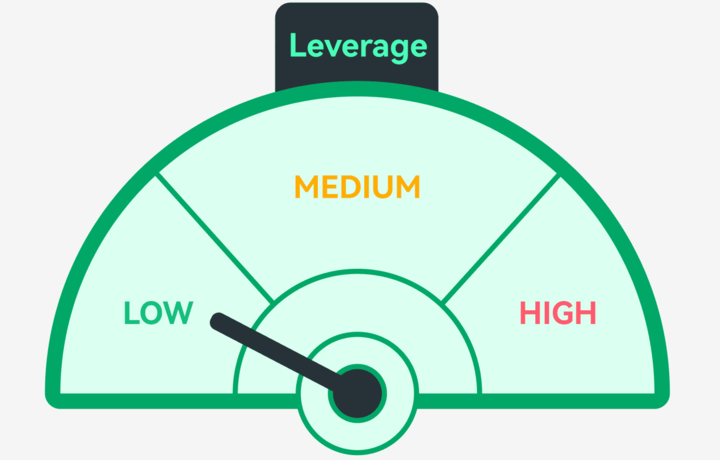
Consider adjusting leverage levels and position sizing
The first practical adjustment after a stop out should be leverage and position sizing. If overly aggressive leverage relative to account size caused the liquidation, it should be reduced to a more reasonable level. Traders should scale position sizes to consume no more than 2-5% of capital at risk per trade. This cushions against market fluctuations while diversifying risk. Smaller positions and more conservative leverage leave more room for volatility. Stop outs often indicate that current risk management is unsustainable. Reducing leverage and position sizes provides immediate protection while also determining if strategy adjustments are needed. Appropriate risk parameters prevent the recurrence of excessive exposures that lead to premature liquidations.
Update risk management plan to avoid recurrence
In addition to adjusting leverage and sizing, traders should update risk management plans to prevent repeated stop outs. Review the effectiveness of the plan during the run-up to and execution of the liquidation. Determine if stop-losses were set incorrectly or not at all. Or did a gap move blow through stops? Consider additional safeguards such as wider stops, guaranteed stops, or earlier profit taking. Evaluate whether the trading strategy itself is too risky and needs to be modified. Updating the overall risk plan based on the lessons learned from the failed trade will better protect future positions. Proper risk protocols, tailored to the weaknesses identified that allowed a stop out, greatly reduce the potential for recurrence. Updated plans turn failures into strengthened defenses.
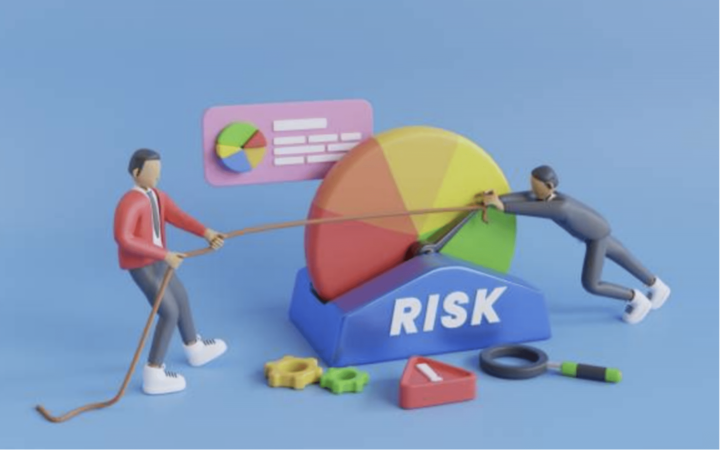
Conclusion
The potential for devastating stop outs underscores the importance of prudent risk management. First, traders should carefully select brokers after comparing regulations, leverage limits and stop out policies. Lower leverage means higher stop out levels, a favorable trade-off for most.
While trading, employ sound risk practices such as 2% maximum risk per trade, stop losses on all positions, and maintaining appropriate account leverage. When stop outs occur, respond objectively by reducing position sizes and leverage while analyzing the factors behind the failure.
Update your risk management plan to prevent a recurrence. With appropriate broker selection, vigilant precautions, and level-headed adjustments after liquidations, traders can mitigate stop-out risk rather than be at its mercy.
Staying informed and exercising caution will enable your trading strategy to survive market turbulence. The path to success requires proactive stop out avoidance through sound strategies and adaptive refinements when challenges arise.
